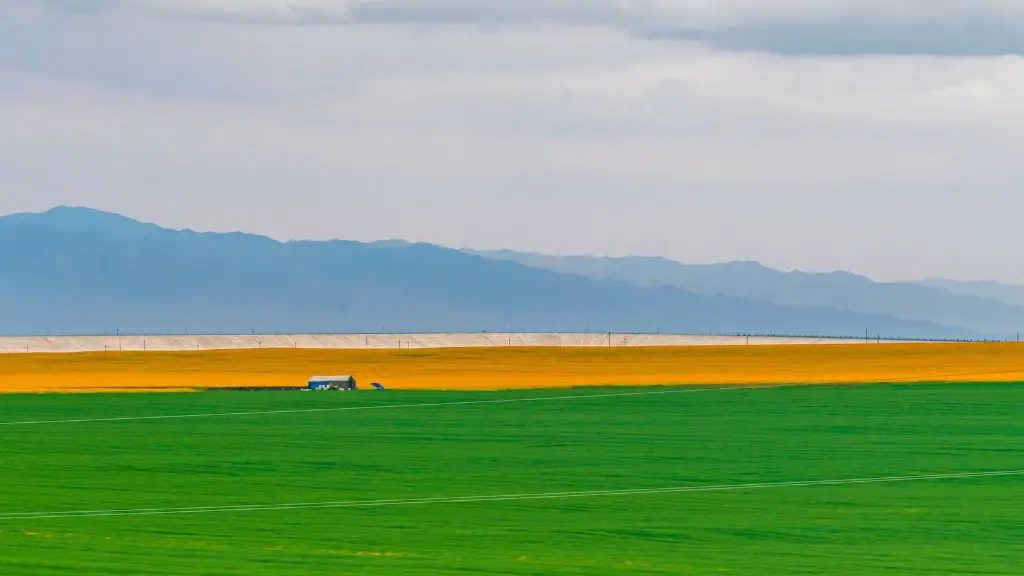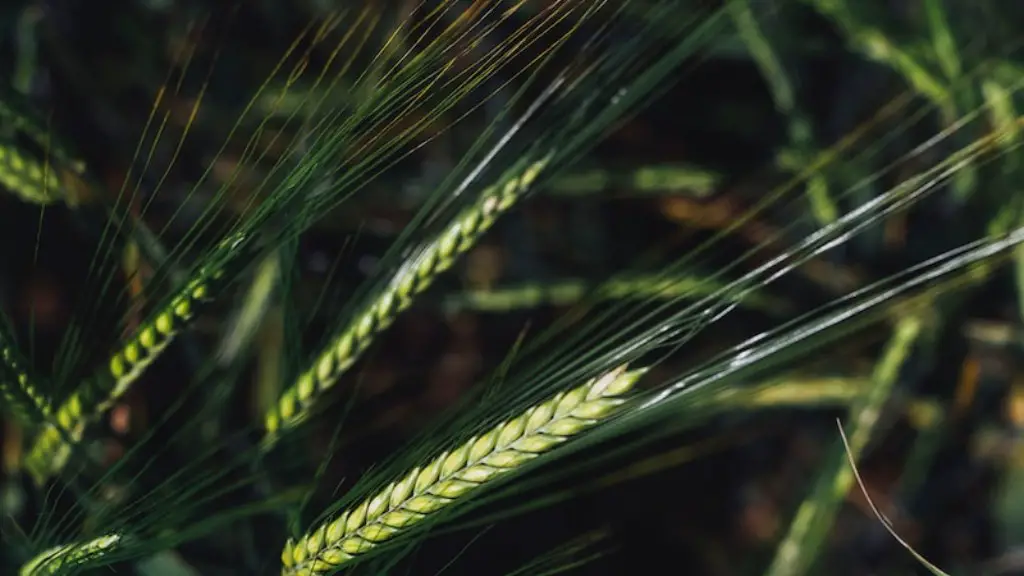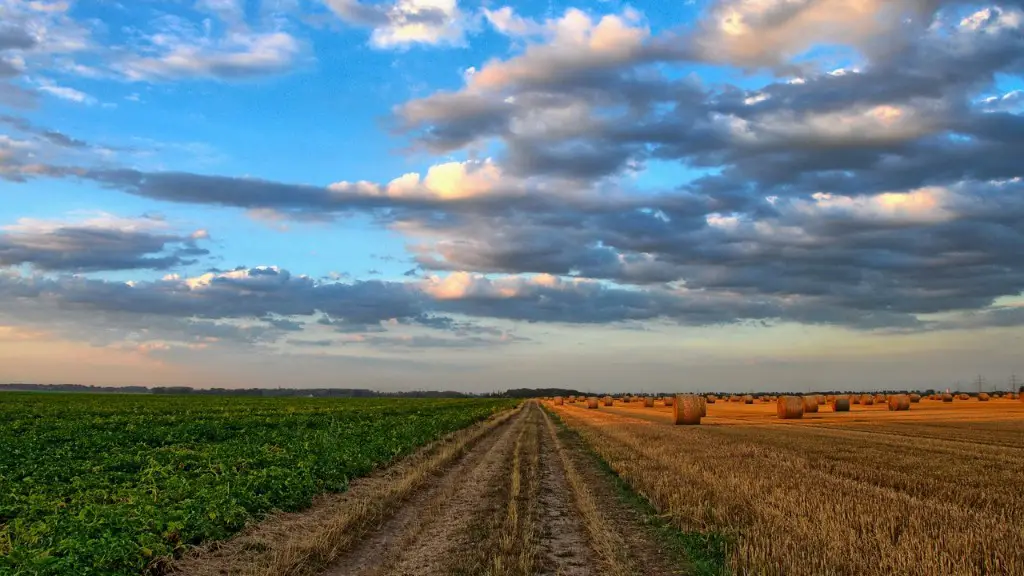Modern agriculture is rapidly evolving, and technology is becoming an integral part of the industry, from farming equipment and machinery to the latest developments in food production and plant propagation. With the potential to eliminate waste and improve yields, technology is revolutionizing how farmers manage their operations. In this article, we’ll look at some of the major advancements in agricultural technology and explore how these technologies are being used to make farming more efficient, sustainable, and profitable.
Robotics and Automation
One of the most significant transformations in the agricultural industry has been the integration of robotics and automation. Automation technologies can now be used to reduce labor costs, reduce waste, and increase efficiency. Automation can be used to assist farmers with tasks such as weeding and harvesting, while robotics can be used to inspect crops, spread and collect data, and improve accuracy in areas such as disease detection and analysis. There are also robotic technologies available that can be used to harvest crops and autonomously monitor for pests and diseases.
Data Collection and Analysis
Data is critical in the agricultural industry, and technology is being used to collect, store and analyze vast amounts of data from a variety of sources. This data can be used to inform decisions on crop rotation, fertilizer inputs and management of resources. Technology is enabling farmers to monitor their crop health in real-time, with data-driven insights that can help farmers identify and resolve issues quickly. There are also technologies available that can be used to track livestock, monitor water use and generate soil health data.
Precision Agriculture
Precision agriculture is the use of technology to optimize production and reduce inputs on a field-by-field basis. By leveraging technologies such as satellite imaging, remote sensing, and Geographical Information Systems (GIS), farmers are able to monitor their crops and soil to determine inputs such as fertilizer and irrigation levels on a field-specific level. This precision approach enables faster response times to changing conditions, cost savings and improved productivity.
Agricultural Software
Today, there are a wide range of software applications available to farmers that can simplify and automate tasks to improve efficiency. This agricultural software can be used to track and manage crops, inventory, financials, and even workforce scheduling. There are also software tools available that can be used to facilitate the exchange of information between farmers and retailers, improving communication and efficiency.
Drones
Drones are becoming increasingly popular in the agricultural industry due to their versatility and efficiency. Drones are being used to monitor crop health, inspect irrigation systems, spread fertilizer, detect pests, and even scout for new land. With high-resolution imaging and advanced sensors, drones can help farmers make well-informed decisions quickly, resulting in improved yields and cost savings.
Artificial Intelligence
Artificial intelligence (AI) has the potential to revolutionize agriculture with its ability to analyze massive amounts of data quickly to detect patterns and make predictions. AI can be used to detect pests and diseases in crops, help identify the most productive farming locations, and make decisions about when and where to plant. AI can also be used to optimize operations, resulting in improved efficiency and enhanced crop yields.
Precision Irrigation Systems
Precision irrigation systems are becoming increasingly popular in the agricultural industry, as they can automate and monitor irrigation patterns to reduce water waste and improve efficiency. This technology can be used to reduce water usage, maximize yield and monitor soil moisture using sensors and moisture meters. These systems can also be used to determine optimal fertilizer and nutrients levels, resulting in improved efficiency and cost savings.
GPS and Autonomous Vehicles
GPS and Autonomous vehicles technology has seen tremendous development in recent years and is already being used in some areas of agriculture. Autonomous vehicles can be used to reduce labor costs and improve efficiency for operations such as spraying, spraying and harvesting. GPS systems can be used for guidance, navigation and even autonomous irrigation systems. GPS and autonomous vehicle technologies are also being used to increase the accuracy of fertilization, reduce fuel consumption and waste, and improve crop yields.
Cameras, Sensors and Real-Time Data
Cameras, sensors and other digital devices are being used to monitor crop health and yield, with the development of sophisticated algorithms that can track real-time data. This technology can be used to detect crop diseases and pests, as well as track soil health, nutrient levels and even weather conditions, giving farmers the ability to respond quickly and accurately.
Smart Greenhouses and Climate Control
Smart greenhouses are being developed to enable farmers to use technology to optimize production and reduce inputs. This technology can include the use of sensors to monitor light, humidity, nutrient levels, and other metrics to ensure the optimal growth environment for plants. Climate control systems can also be used to create the ideal climate for plants, making it possible for farmers to increase production and reduce waste.
Wearables and IoT
Wearables and IoT technology can be used to improve convenience, safety, and accuracy in the agricultural industry. Wearable sensors can be used to monitor worker health and movement, detect hazards and provide assistance when needed. IoT devices can also be used for monitoring and tracking livestock, soil and climate conditions. Wearables and IoT can help increase efficiency and productivity with real-time data, allowing farmers to made more informed decisions quickly.


